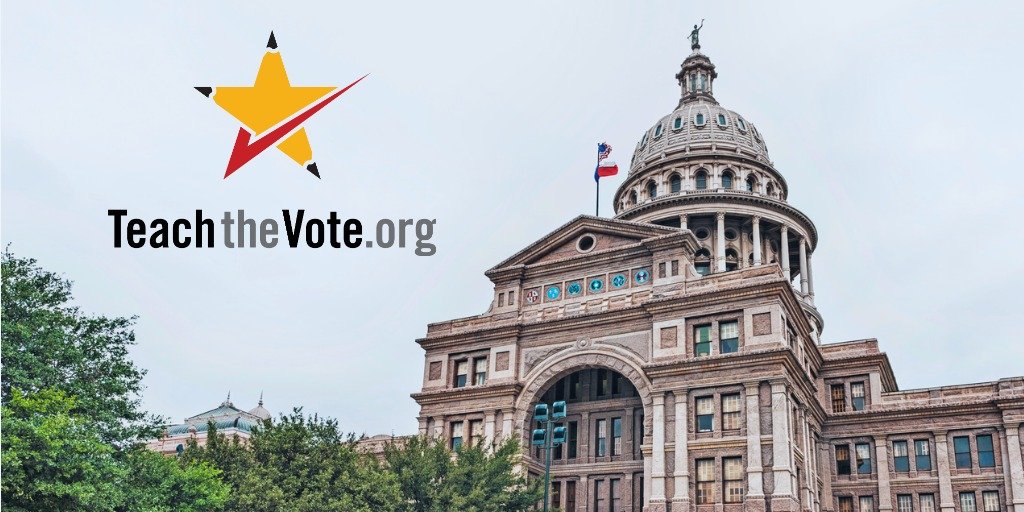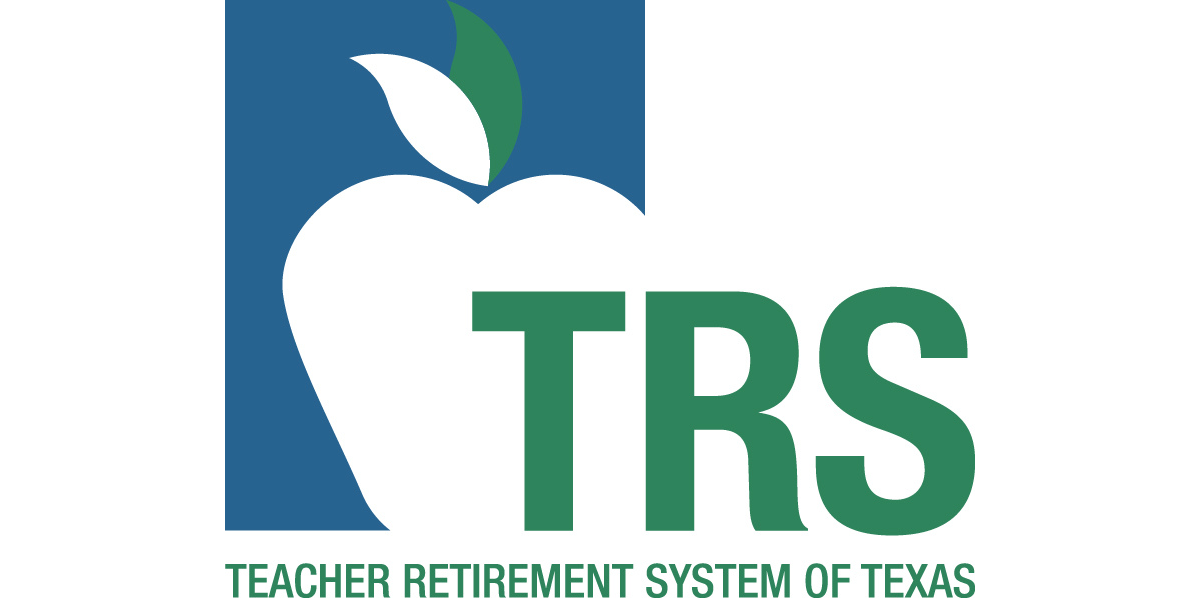85th Texas Legislature will face tight budget

Date Posted: 1/09/2017 | Author: Mark Wiggins
Get ready to tighten your belts.
Before each session, legislative budget writers wait with bated breath to hear the state comptroller hand down from on high the magic number that will guide their spending for the next 140 days. That number comprises the core of the biennial revenue estimate (BRE).
 The comptroller is basically the state’s top accountant, and crafting the BRE is the office’s biggest responsibility. Divined from tax receipts and economic trends, the BRE is a best guess as to how much tax money will be available for lawmakers to spend over the next two years. The legislature is legally bound to keep spending within that number, which makes an austere forecast about as welcome as a skunk at a garden party.
At a formal press conference this morning at the Texas Capitol, Comptroller Glenn Hegar’s BRE presentation for the 2018-19 biennium was marked by a subtle, yet unmistakably skunky fragrance.
Hegar announced the 85th Texas Legislature will have $104.9 billion available for general revenue spending, roughly $8 billion less than lawmakers got the green light to spend in 2015. Factors contributing to the pinch include sluggish growth in tax revenues – due in no small part to stubbornly low oil prices – and lawmakers’ decision last session to dedicate $5 billion in sales tax revenue to the highway fund.
According to the Texas Tribune, state Rep. Drew Darby (R-San Angelo), who appears poised to chair the House Appropriations Committee, suggested the number is $5 billion to $6 billion less than it would take to fund state services at current levels. Combine that with the governor’s directive that each agency cut its budget by four percent, and a picture of a penny-pinching budget battle takes shape.
The comptroller is basically the state’s top accountant, and crafting the BRE is the office’s biggest responsibility. Divined from tax receipts and economic trends, the BRE is a best guess as to how much tax money will be available for lawmakers to spend over the next two years. The legislature is legally bound to keep spending within that number, which makes an austere forecast about as welcome as a skunk at a garden party.
At a formal press conference this morning at the Texas Capitol, Comptroller Glenn Hegar’s BRE presentation for the 2018-19 biennium was marked by a subtle, yet unmistakably skunky fragrance.
Hegar announced the 85th Texas Legislature will have $104.9 billion available for general revenue spending, roughly $8 billion less than lawmakers got the green light to spend in 2015. Factors contributing to the pinch include sluggish growth in tax revenues – due in no small part to stubbornly low oil prices – and lawmakers’ decision last session to dedicate $5 billion in sales tax revenue to the highway fund.
According to the Texas Tribune, state Rep. Drew Darby (R-San Angelo), who appears poised to chair the House Appropriations Committee, suggested the number is $5 billion to $6 billion less than it would take to fund state services at current levels. Combine that with the governor’s directive that each agency cut its budget by four percent, and a picture of a penny-pinching budget battle takes shape.
 When money is tight, we find out what our priorities are. We at ATPE believe investing in future generations should be at the top of the list.
Public education still hasn’t fully covered the $5.4 billion cut by the legislature in 2011. With enrollment growth outpacing teacher hiring, class sizes continue to increase, to the detriment of students. Per-student funding still lags 2011 levels in some districts. To top it off, the state has steadily decreased its share of school spending, forcing school districts to rely more and more on local property taxes to make up the difference.
But there is still room for optimism.
Even without a court mandate, House leadership under Speaker Joe Straus (R-San Antonio) has expressed a strong desire to fix the school finance system this session. There’s been growing talk of increasing the basic per-student allotment. If a friendly Republican administration in Washington, D.C. provides relief in previously disputed areas of the budget, such as health care and border security, the result could be more state money freed up for other priorities.
It’s a matter of deciding what’s important.
Our children deserve a world-class education that doesn’t cost parents their home. If lawmakers truly want to cut property taxes, there’s a simple fix: Shift the burden of education funding back to the state. It will require taking a hard look at the budget and making tough choices about public spending, but it can be done. We’re optimistic that Texans will keep their eye on the ball this session and not be distracted by repackaged voucher schemes, teacher bashing bills, and smoke and mirrors tax cuts.
If we can maintain that focus, then we’ll end up with a budget that reflects our values as Texans.
When money is tight, we find out what our priorities are. We at ATPE believe investing in future generations should be at the top of the list.
Public education still hasn’t fully covered the $5.4 billion cut by the legislature in 2011. With enrollment growth outpacing teacher hiring, class sizes continue to increase, to the detriment of students. Per-student funding still lags 2011 levels in some districts. To top it off, the state has steadily decreased its share of school spending, forcing school districts to rely more and more on local property taxes to make up the difference.
But there is still room for optimism.
Even without a court mandate, House leadership under Speaker Joe Straus (R-San Antonio) has expressed a strong desire to fix the school finance system this session. There’s been growing talk of increasing the basic per-student allotment. If a friendly Republican administration in Washington, D.C. provides relief in previously disputed areas of the budget, such as health care and border security, the result could be more state money freed up for other priorities.
It’s a matter of deciding what’s important.
Our children deserve a world-class education that doesn’t cost parents their home. If lawmakers truly want to cut property taxes, there’s a simple fix: Shift the burden of education funding back to the state. It will require taking a hard look at the budget and making tough choices about public spending, but it can be done. We’re optimistic that Texans will keep their eye on the ball this session and not be distracted by repackaged voucher schemes, teacher bashing bills, and smoke and mirrors tax cuts.
If we can maintain that focus, then we’ll end up with a budget that reflects our values as Texans.
CONVERSATION
RECOMMENDED FOR YOU

04/19/2024
Teach the Vote’s Week in Review: April 19, 2024
Listen to the latest episode of The ATPE Podcast learn why your vote in school board, appraisal, and bond elections is so critical.

04/18/2024
5th Circuit Court denies rehearing in publishers’ Texas library book lawsuit
Author of HB 900 urges Paxton to appeal to the U.S. Supreme Court.

04/17/2024
TRS board to consider lowering TRS-Care Medicare Advantage premiums
Increased legislative funding, federal changes mean TRS is positioned to pass on savings to plan participants.

